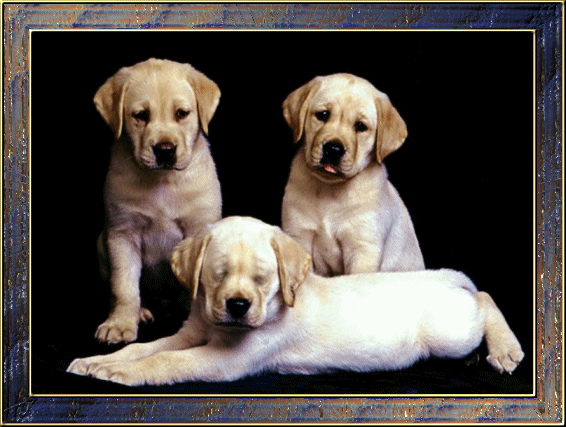PUG Breed Standards

The Pug originated in China more than three thousand years ago, and believe it or not, the dog counts mastiffs as its principal forebears. Miniaturized by the emperors of the Shang dynasty, Pugs were employed as imperial lapdogs for many centuries. From there the dogs were introduced to Tibet, and became cherished pets of the Buddhist monks. The Pug was then introduced to Japan, where it was discovered by Europeans during the 16th century.
The Pug was an immediate smash in Europe. After a Pug saved the life of Prince William II in 1572 by alerting him to approaching Spaniards at Hermingny, it was named the official dog of the House of Orange, and Pugs attended William’s coronation as King of England. Pugs were also the favored pets of William III, Mary II, Marie Antoinette, Queen Victoria and Josephine, wife of Napoleon. Pugs were even featured prominently in several paintings by Goya. By the 19th century the Pug had replaced the Cavalier King Charles Spaniel as the favorite lap dog of the English aristocracy, and it had also arrived in America, where it was recognized by the American Kennel Club in 1885. Today, the Pug remains an incredibly popular pet all over the world.
Theories about the origin of the name Pug abound. The most popular is that the name comes from the Latin pugnus, meaning fist, since the dog’s head bears some resemblance to a fist. The dog could have also been named for the marmoset “Pug” monkey, which it is said to resemble. A third theory is that the name is derived from the mischievous character Puck, from Shakespeare’s A Midsummer
SKILLS: Symmetry and general appearance are decidedly square and cobby. A lean, leggy Pug and a dog with short legs and a long body are equally objectionable.
SIZE: The Pug should be multum in parvo, and this condensation (if the word may be used) is shown by compactness of form, well knit proportions, and hardness of developed muscle. Weight from 14 to 18 pounds (dog or bitch) desirable. Proportion square.
COAT: The coat is fine, smooth, soft, short and glossy, neither hard nor woolly. Color - The colors are silver, apricot-fawn, or black. The silver or apricot-fawn colors should be decided so as to make the contrast complete between the color and the trace and the mask.
CARE REQUIRED: The smooth, short-haired coat is easy to groom. Brush and comb with a firm bristle brush and shampoo only when necessary. After bathing, dry him quickly and thoroughly to prevent chill. The creases on the face must be cleaned regularly. This breed is a seasonally heavy shedder.
CHARACTER: This is an even-tempered breed, exhibiting stability, playfulness, great charm, dignity, and an outgoing, loving disposition
TRAINING: They can be a bit willful. Highly intelligent, it bores easily with repetitive training practices. Pugs are sensitive to the tone of your voice, so harsh punishment is unnecessary.
SOCIAL BEHAVIOR: The Pug is good for apartment life. It is relatively inactive indoors and will do okay without a yard. Cannot withstand hot or cold weather and should be kept indoors at a comfortable temperature.



